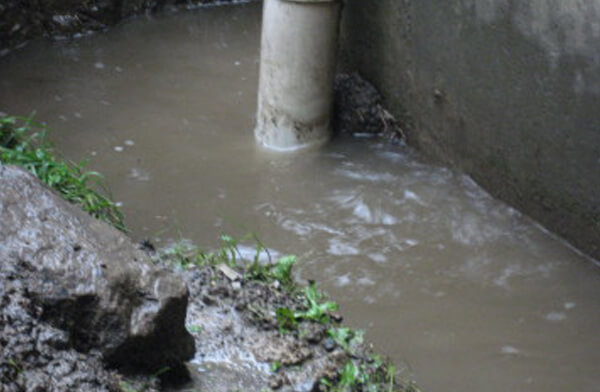Just how do you actually feel in relation to Detecting hidden plumbing leaks?

Early discovery of dripping water lines can mitigate a possible calamity. Some tiny water leakages may not be visible.
1. Examine the Water Meter
Every house has a water meter. Inspecting it is a guaranteed manner in which helps you find leakages. For beginners, turn off all the water resources. Make certain no person will certainly flush, make use of the tap, shower, run the washing device or dish washer. From there, go to the meter as well as watch if it will certainly transform. Because no person is using it, there should be no motions. That suggests a fast-moving leakage if it relocates. If you find no adjustments, wait a hr or 2 and also check back once again. This implies you may have a sluggish leak that might also be underground.
2. Check Water Usage
If you find sudden adjustments, in spite of your intake being the exact same, it implies that you have leakages in your plumbing system. A sudden spike in your bill indicates a fast-moving leakage.
A stable increase every month, also with the exact same routines, shows you have a sluggish leakage that's additionally slowly escalating. Call a plumber to extensively inspect your building, specifically if you feel a cozy location on your flooring with piping below.
3. Do a Food Coloring Examination
When it comes to water intake, 30% comes from bathrooms. If the color in some way infiltrates your bowl during that time without flushing, there's a leakage in between the tank as well as dish.
4. Asses Outside Lines
Do not forget to examine your outdoor water lines also. Should water leak out of the link, you have a loose rubber gasket. One small leakage can throw away heaps of water as well as surge your water expense.
5. Analyze the scenario and evaluate
House owners must make it a routine to inspect under the sink counters and also even inside cupboards for any kind of bad odor or mold and mildew development. These 2 warnings suggest a leak so prompt focus is required. Doing regular evaluations, also bi-annually, can save you from a major issue.
If you know your house is already old, keep a careful eye on your heaters, pipes, pipelines and so on. Look for discolorations as well as weakening as most pipelines and also devices have a life span. They will also normally wear away as a result of tear and also use. If you think leaking water lines in your plumbing system, don't wait on it to intensify. Call a specialist plumber immediately so you don't wind up with an awful mess in your home.
Early detection of leaking water lines can alleviate a prospective disaster. Some tiny water leakages might not be visible. Examining it is a proven method that helps you uncover leakages. One tiny leakage can squander loads of water as well as spike your water costs.
If you think leaking water lines in your plumbing system, do not wait for it to intensify.
How to Know If Your Home Has a Hidden Leak
Water Meter Reveals Inexplicable Water Usage
If you’d like to test whether or not there’s a leak somewhere in your home, you can do this using your water meter. Here is how to conduct the test:
Don’t use any water in your home for at least 30 minutes; this also means not turning on faucets or water-using appliances.
Go outside, and check your water meter for activity.
If your water meter shows that there was activity, even though no one was using any water, this proves that there is a leak in your home.Visible Mold or Mildew Growth
Leaks behind walls create moist, dark environments that allow mold and mildew to grow and thrive. Eventually, you might see mold growth forming on the wall closest to a hidden leak.
If mold is growing in an area that receives a high amount of moisture, such as a bathroom, it may simply be an indication that better ventilation is needed. However, if you see mold growth on a wall or the ceiling in an area where you would not expect, you probably have a hidden leak.
Musty, Mildew Odor
Sometimes you might not be able to see the mold or mildew that is growing as a result of a leak. However, the smell can give the problem away just as easily. If you catch a whiff of something musty, there’s a good chance that old water is collecting somewhere in your home that you can’t see.
Stained/Warped Walls, Ceilings, or Floors
When your home soaks up water, a variety of red flags can become visible, including ceiling stains, bubbling drywall, warped walls, and sagging floors. While these issues can be caused by excess humidity, they can also be signs that a pipe or plumbing connection has started leaking behind your walls.
Inexplicably High Water Bill
After a while, you get a general sense for what your water bill should be. If you own a pool or sprinkler system, your bill will tend to be higher during summer. However, if you receive a water bill that seems especially high, and you can’t figure out what caused it, then you may have a hidden leak somewhere that’s increasing your bill.
https://www.plumbingjoint.com/blog/2019/july/how-to-know-if-your-home-has-a-hidden-leak/

As a serious reader about Top leak detection hacks, I imagined sharing that excerpt was essential. Sharing is good. You never know, you will be doing someone a favor. I am grateful for your time. Kindly come visit our blog back soon.